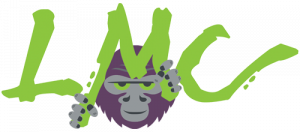Q&A With Leaders in Technology and Aging
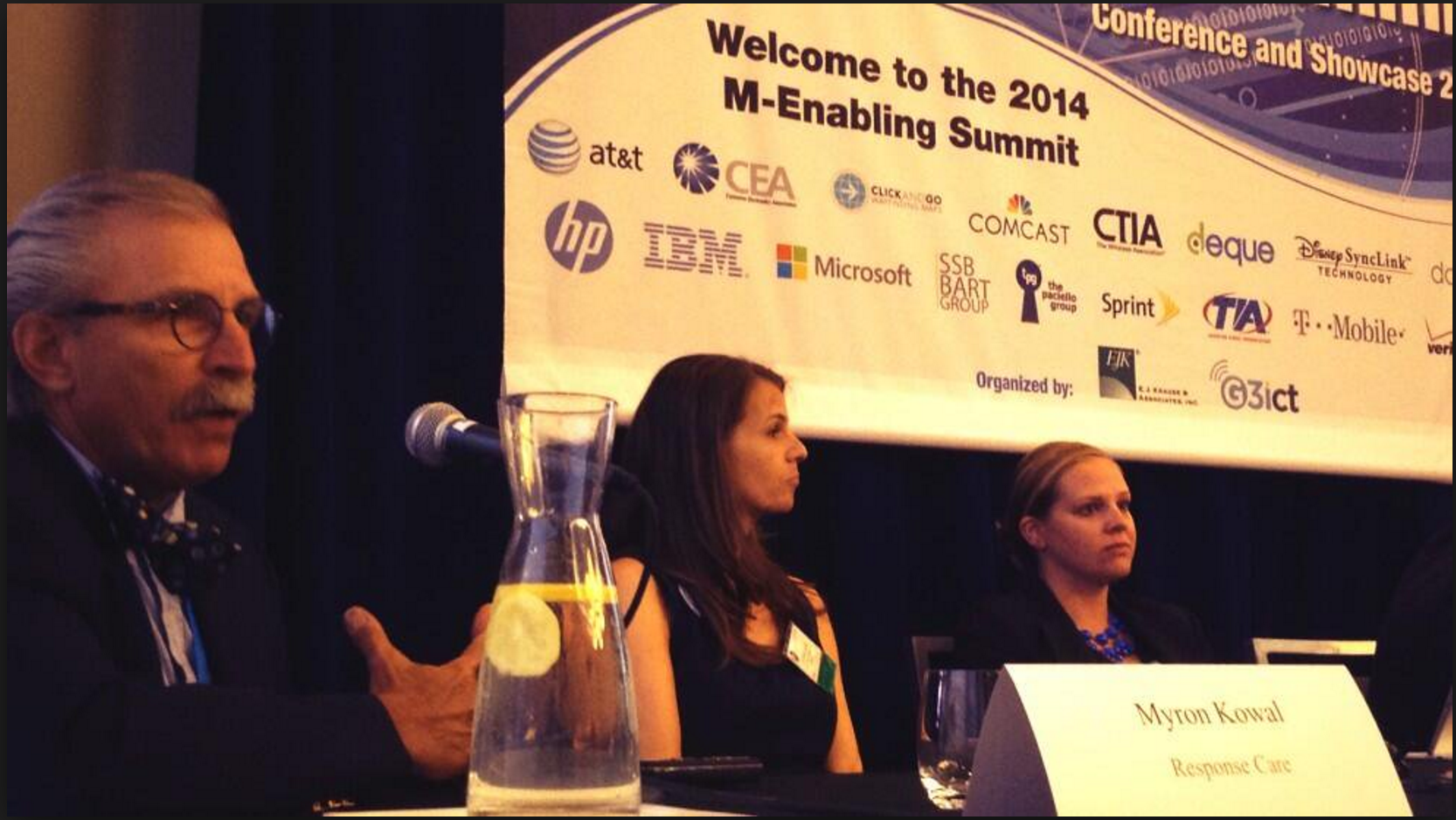
Welcome to the first edition of our new blog series called “Meet the Innovators: Q&A With Leaders in Technology and Aging.” Each week or so we’ll talking with the most interesting people in the industry. This week we sat down with Myron Kowal, founder and CEO of RCare Inc. Below is an excerpt of our conversation on 3 February 2016.
Q: Thanks for sitting down with us, Myron. Can you briefly explain who you are and what you do?
A: I’m Myron Kowal and I’m the CEO of RCare. We’re a wireless nurse call system manufacturer based in Rochester, New York. But RCare is way more than just a nurse call system.
Q: Definitely, but how would you describe it? What’s different about what you’re doing?
A: Well, back in the 80s I recognized a problem in the nurse call space. Most of these guys were alarm companies whose main business was burglar and fire alarms. Most of them knew very little about senior care and the industry they were selling to. In many ways RCare exists to address this problem in the industry. We know the aging industry, and our products are designed specifically for it. At the time that made us unique and it’s the reason we’re still so far ahead of everyone else. We had a head start, and nobody’s caught up with us. Yet. (Laughs)
Q: Fantastic! So have things changed a lot since then?
A: Pretty much everything has changed. I’ll give you an example. Back then, if a resident pulled a cord or pressed a button, the alert would ding at the nurses’ station. Today with how busy nursing staff is, there might not be anyone at the station. At RCare, we recognized this, and we built our solutions to deal with it. Like RCare Mobile. Caregivers and nurses don’t have to be anywhere in particular to be fully informed and ready to respond.
Q: Ok, so you’ve made the nurses mobile. Is that ever a problem? People running around the facility without a central location to work from?
A: No, I don’t think so. In fact, technologies like ours makes nursing staff even more efficient than before. Features like the “I Got It” button eliminate duplication of effort. If someone presses it, all the other staff know that they don’t have to respond to that particular call. That’s efficiency. And it’s excellent for enforcing accountability. If everyone is responsible, no one is accountable. It’s a whole new approach to caregiving and it’s fueled by technology, enabled by this kind of technology.
Q: You’ve been in this industry for a while. What would you change about it?
A: Tons! It’s why I go to work every morning. We’ve been at this a long time, but there’s always more to be done. For example, it’s my belief that communication is still too segmented and disconnected by care facility type. We pigeonhole different levels of care in communication, each level of care has an individual agenda. At RCare, we think everyone should be working together and we make our tools in a way that facilitates that. By unifying facilities on different parts of the care continuum, RCare is taking actionable steps to break down the communication barriers faced by caregivers today.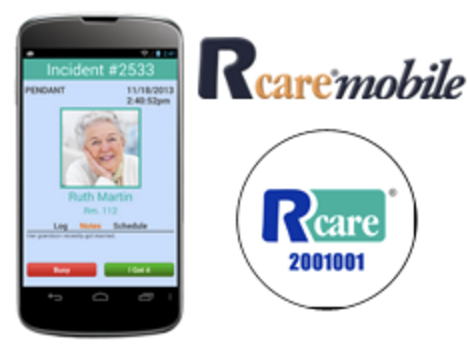
Q: Exciting. Anything else going on with you guys these days?
A: Well, we did just win an award from the Rochester Business Journal for healthcare innovation. We were surprised because usually it’s someone over at the Medical Center, the University of Rochester Medical Center, that wins. They’re probably over there going “who’s this guy?” (Laughs)
Q: Awesome. So what’s next for RCare? What’s the future look like?
A: In the future, I see RCare reaching out to make this technology open source. We’re about communication in the eldercare environment. There are many ways in which we can build bridges. Environmental systems and diagnostics will come together into a single hub to integrate into a total wellness system. Wearables, sensors, and other new technologies are going to help facilities provide much more comprehensive and personalized care.
Laura Mitchell Consulting is a strike team of experts in the aging and technology industry. Know someone that we should feature in our “Meet the Innovators” blog series? Contact us at info@lmcllc.us and let us know!
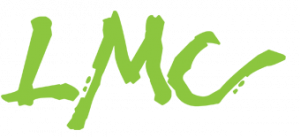
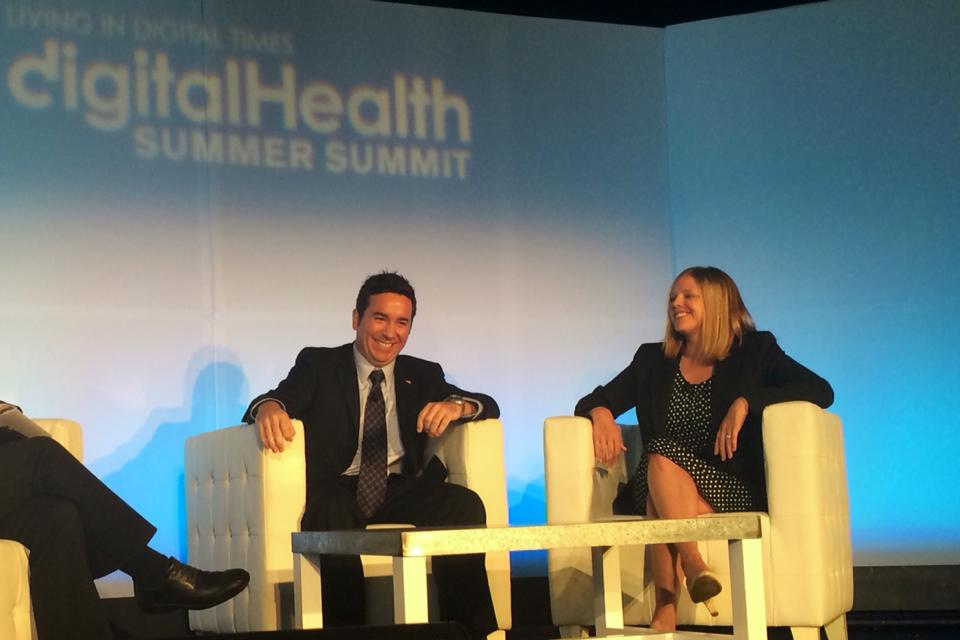
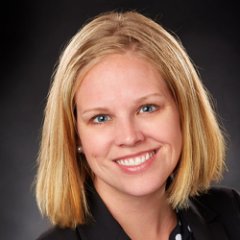
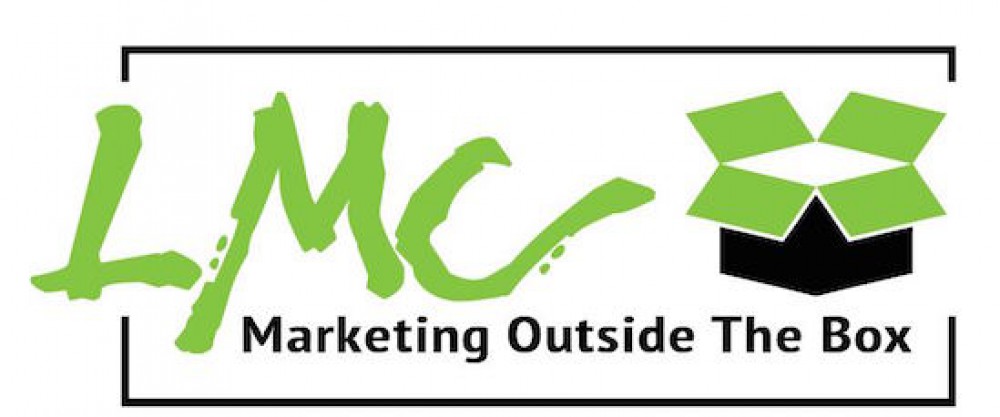
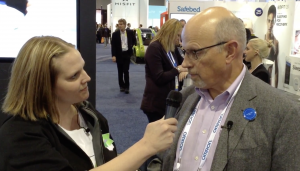
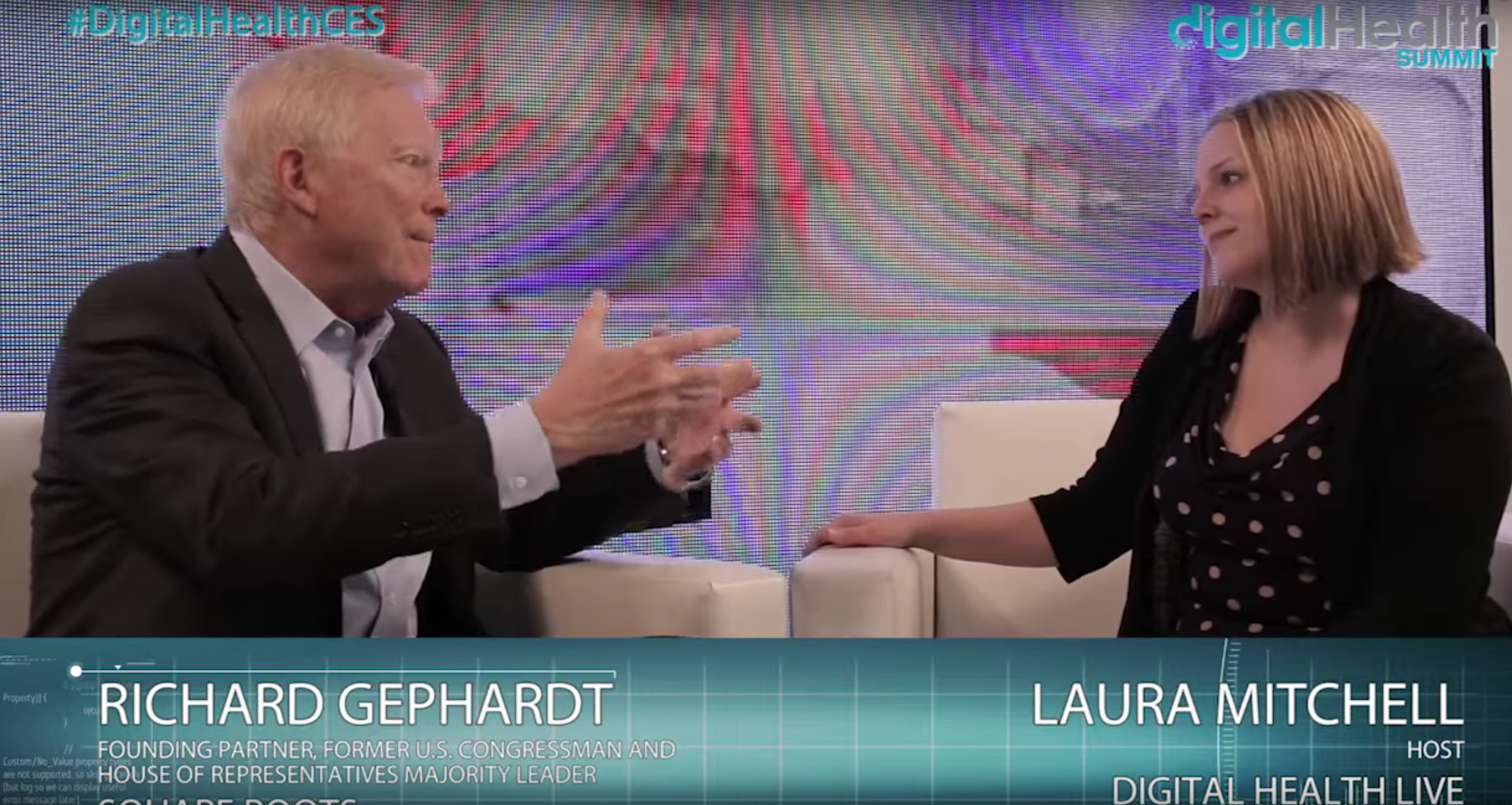
 A writer, a teacher, and a programmer walked into a bar…
A writer, a teacher, and a programmer walked into a bar…
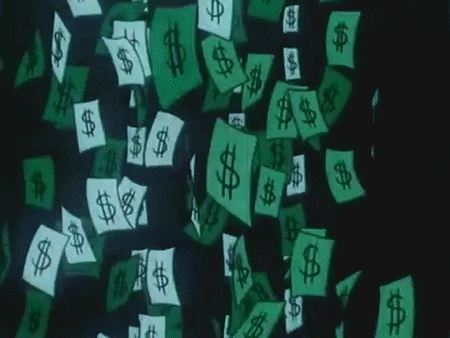


 If you write it, they will come. Or wait, they probably won’t, unless you’ve devised a compelling scheme to MAKE them notice. So, how do you get attention in today’s media-saturated and ADD digital world? Use these 6 tips to generate more buzz around your company press releases:
If you write it, they will come. Or wait, they probably won’t, unless you’ve devised a compelling scheme to MAKE them notice. So, how do you get attention in today’s media-saturated and ADD digital world? Use these 6 tips to generate more buzz around your company press releases: